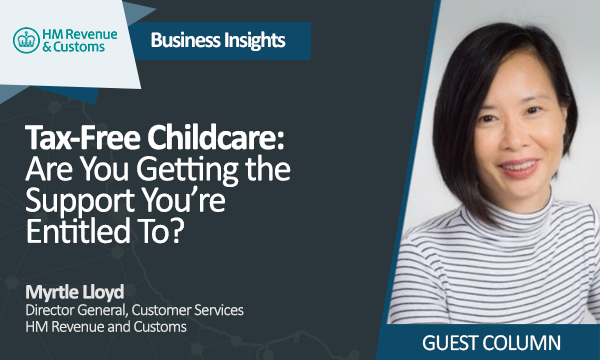Valuation of a business can be one of the most important parts of a transaction. There are many reasons for wanting to know the total value of your business; trying to drum up funding, preparing for future acquisition or looking for an estimate before selling. It’s important to note that valuing a company is a subjective exercise and there are many qualitative factors which can affect that valuation.
There are numerous ways to calculate the value of your business. Here are some most commonly used examples;
Asset-Based Valuation
This method is where your assets are valued by calculating their resale value. This figure is then adjusted for liabilities to create an estimated valuation of your business. If your business does not have many assets but is able to turn over profit, the valuation of the business calculated under this method may be much lower than expected. This technique is typically used if the company owns assets with significant value such as property or if the company is ceasing to trade. Often, companies have some “goodwill” (difference between NRV of assets and the company’s market value) which this method does not include. In most cases this will render the lowest value for your company.
Income Multiples
Using the method of Income Multiples is a common approach where the earnings of the business are multiplied by a certain factor in order to arrive at selling price. Most commonly Earnings Before Interest Tax and Depreciation (EBITDA) are used to negotiate the selling price. A multiple is applied to EBITDA and the product represents the valuation of the company. This multiple is a subjective metric and is estimated based on research into the market and comparable deals in specific industry. Companies in certain industries achieve higher multiples, for example technology or software businesses often sell at multiples which exceed market averages. Small businesses often sell at a discounted multiple.
Discounted Cash Flow
The DCF model aims to calculate the present value of future cash flows that the business is expected to achieve. The future cash flows are discounted at the purchaser’s cost of equity. The more stable your projected cash flows are, the more likely the buyer would be interested. However, as forecasted figures are only predictions, the calculations are sensitive to the assumptions used. The discount rate which is used to calculate the present value can also be challenged as it is based on a number of assumptions. This valuation method is also significantly affected by the calculation of the terminal value. Discounted Cash Flow technique should be used as an indication of the maximum price that the purchaser should be prepared to pay for the business.
We have worked with number of companies in different industries, helping them understand the value of their business. If you’d like to find out how much your business could be worth get in touch with one of our experienced advisors and we would be happy to help, either email us via [email protected] or call us on 029 2240 3445












